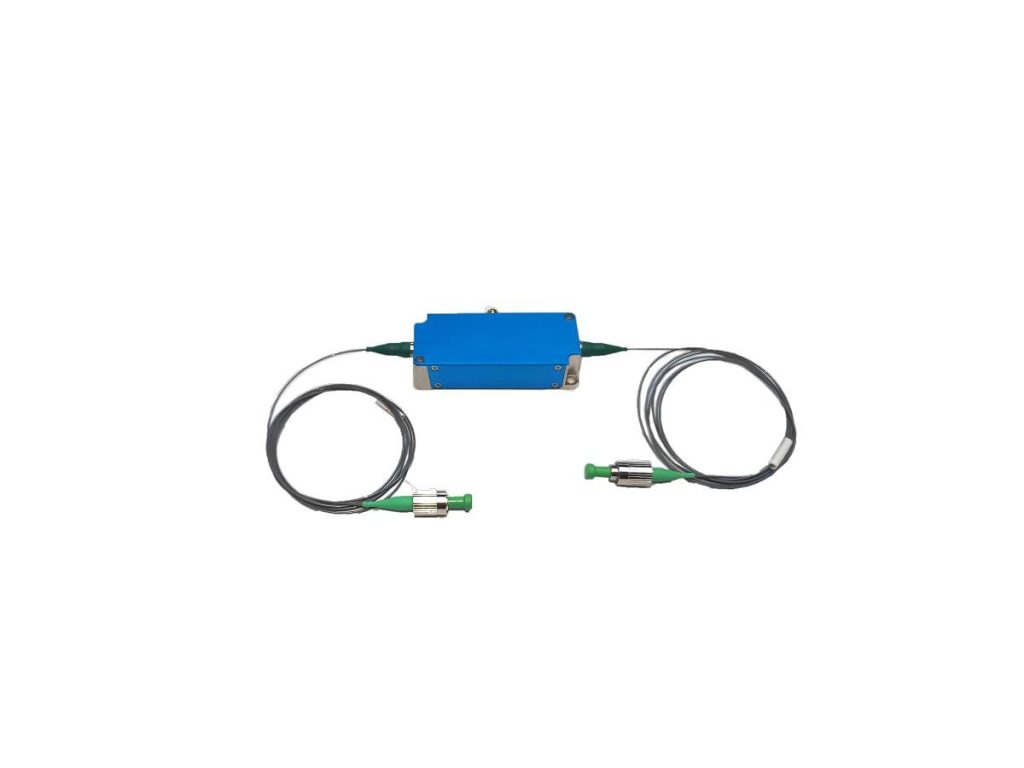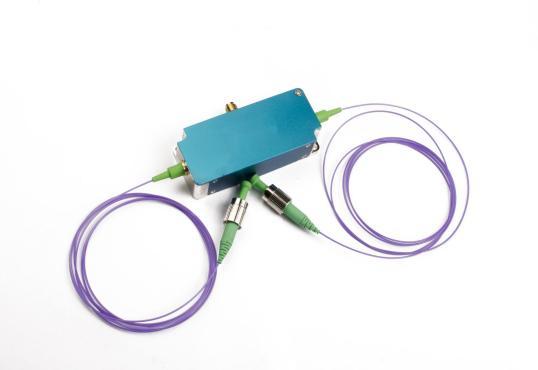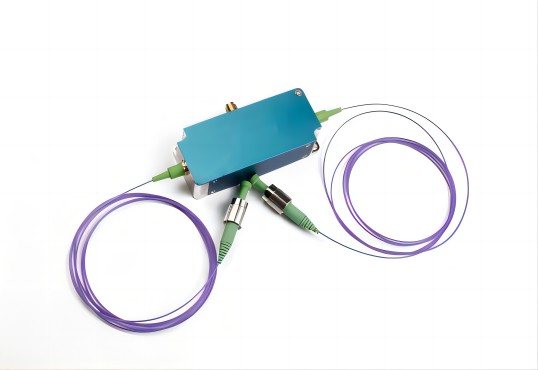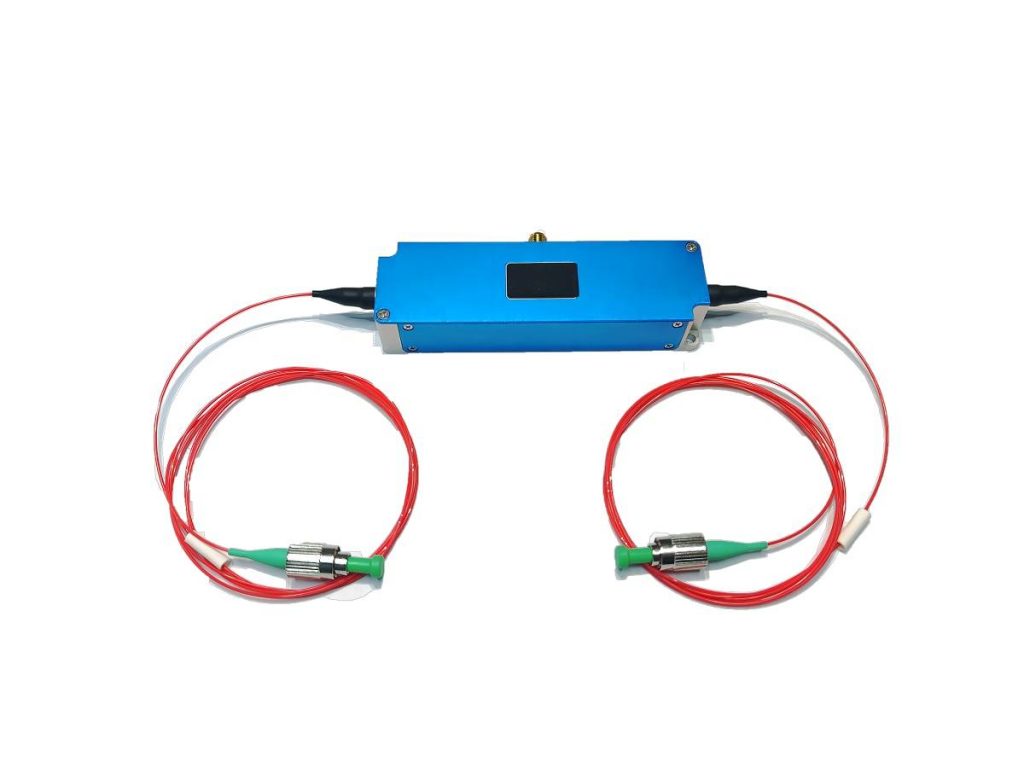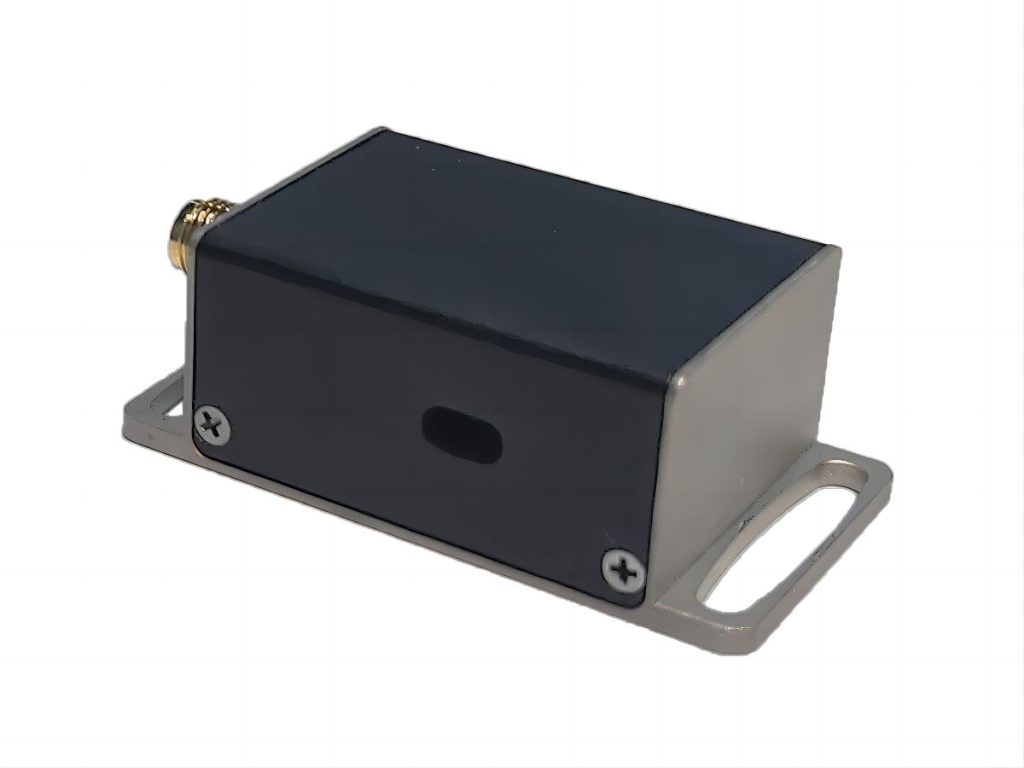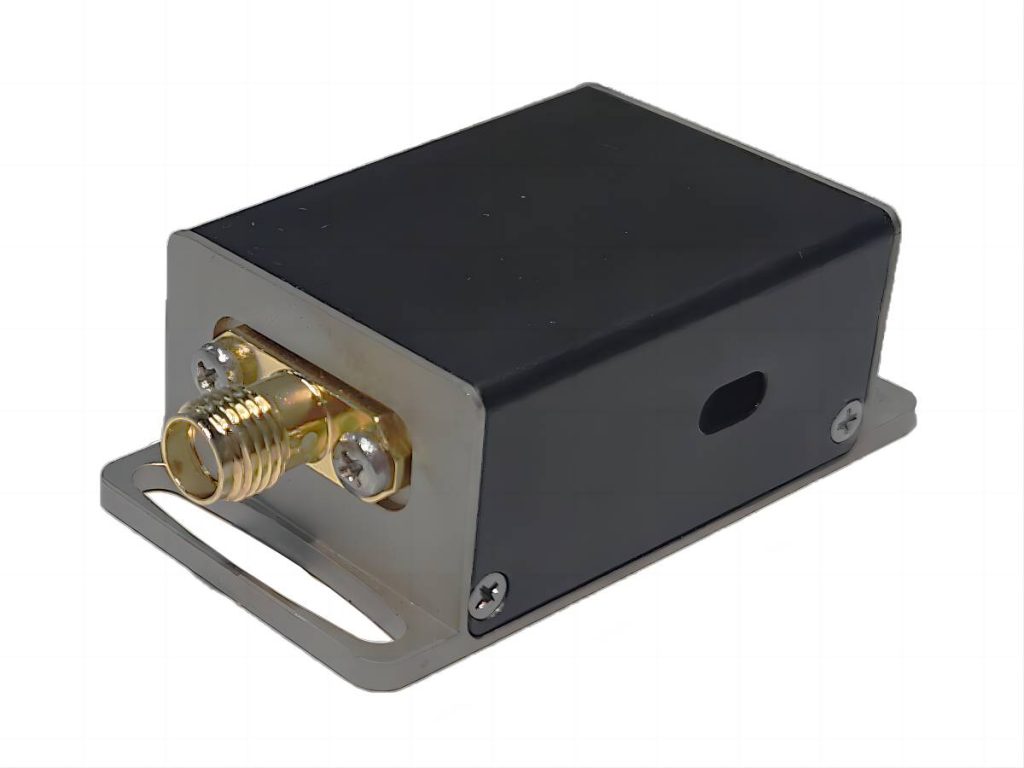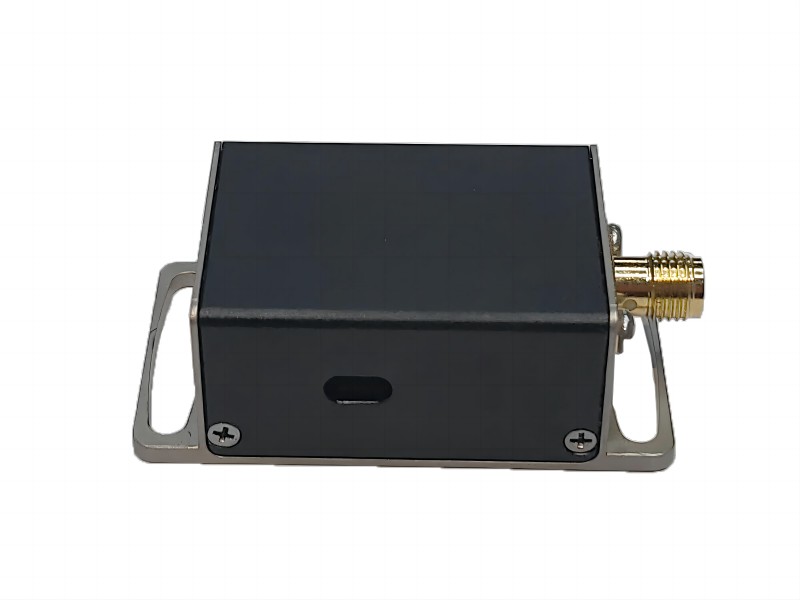Acousto-Optic Modulator: A Powerful Tool for Spectroscopy
Spectroscopy is a fundamental analytical technique used in various scientific disciplines to identify and characterize materials. It analyzes the interaction between electromagnetic radiation (light) and matter, revealing information about the material’s composition and structure. Acousto-optic modulators (AOMs) have become invaluable tools in modern spectroscopy due to their unique ability to manipulate light with high precision and speed. This article delves into the workings of AOMs, explores their functionalities in spectroscopy, and highlights the advantages they offer compared to traditional methods.
Understanding Spectroscopy and Acousto-Optic Modulators
Spectroscopy relies on the principle that different materials absorb or emit electromagnetic radiation at specific wavelengths. By measuring the intensity of light transmitted or emitted by a sample at various wavelengths, scientists can create a spectrum – a fingerprint that reveals the unique properties of the material. Spectroscopy finds applications in diverse fields, including material science, chemistry, environmental monitoring, and biomedical research.
Acousto-optic modulators are optoelectronic devices that utilize the interaction between sound waves and light to modulate various properties of a light beam. They exploit the acousto-optic effect, which states that sound waves can cause a change in the refractive index of a material. This change in refractive index acts as a diffraction grating, altering the path of light passing through the material. By precisely controlling the sound waves within an AOM, scientists can manipulate the intensity, frequency, and direction of the light beam.
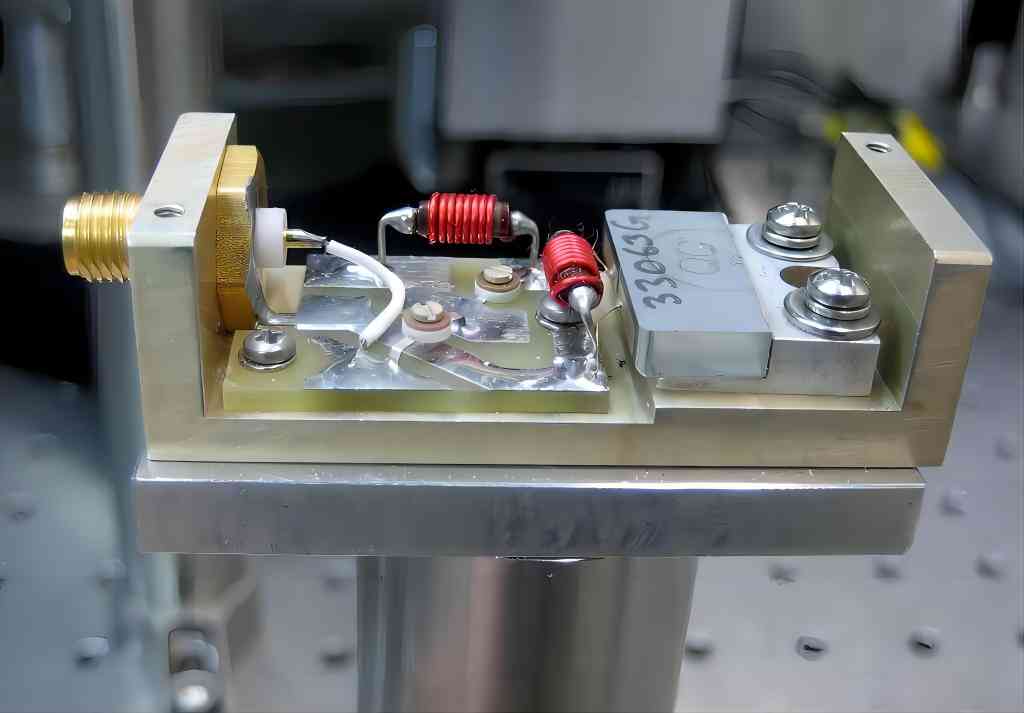
What are Acousto-Optic Modulators?
1. Working Principle of Acousto Optic Modulators
The acousto-optic effect arises from the pressure variations associated with sound waves traveling through a material. These pressure variations cause localized changes in the material’s density, which in turn affect its refractive index. Refractive index is a measure of how light bends as it travels through a medium. When a sound wave propagates through an AOM, it creates a periodic variation in the refractive index, essentially forming a moving diffraction grating within the material.
Light passing through this dynamic grating experiences diffraction. Diffraction refers to the phenomenon where light bends or spreads out as it encounters obstacles or periodic structures. In an AOM, the sound wave acts as the periodic structure, causing the incoming light beam to diffract into multiple beams at specific angles. These diffracted beams have slightly different frequencies compared to the original light.
2. Components of an AOM
An AOM consists of three key components:
- Piezoelectric Transducer: This is a device that converts an electrical signal into a sound wave. It is typically made from a piezoelectric material, which exhibits the property of generating sound waves when an electric field is applied. The frequency and amplitude of the applied electrical signal determine the characteristics of the generated sound wave.
- Optical Material: This is the medium through which the light beam travels and experiences diffraction. Common materials used in AOMs include crystals like tellurium dioxide (TeO2) and lithium niobate (LiNbO3). These materials possess excellent acoustic and optical properties, allowing for efficient light diffraction with minimal absorption.
- Radio Frequency (RF) Driver: The RF driver provides the electrical signal that drives the piezoelectric transducer. This signal can be a continuous wave for intensity modulation or a pulsed signal for pulsed light generation. The frequency of the RF signal determines the frequency shift experienced by the diffracted light beams.
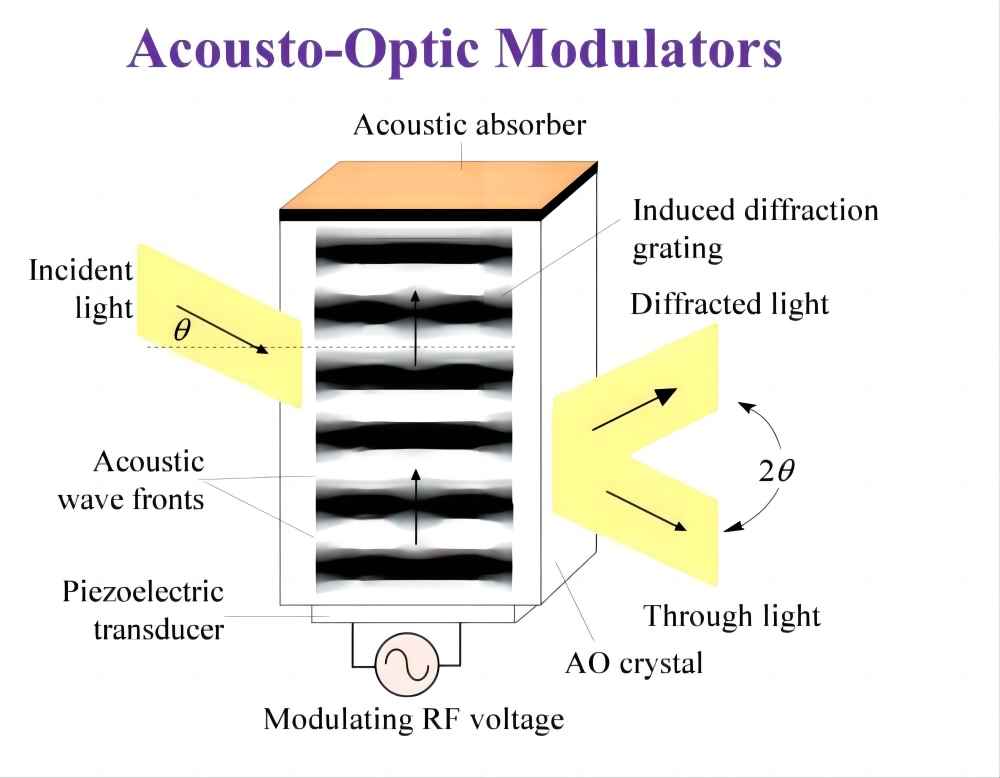
AOM Functions in Spectroscopy
AOMs offer versatile functionalities in spectroscopy, enabling precise control over various aspects of the light beam.
Light Modulation
One primary function of AOMs is to modulate the intensity of a light beam. By varying the amplitude of the RF signal driving the piezoelectric transducer, the intensity of the diffracted light beam can be controlled. This allows for techniques like Q-switching in pulsed lasers. In Q-switching, an AOM acts as a fast shutter, blocking the laser cavity initially and then rapidly allowing a short, high-intensity light pulse to pass through. This technique is crucial for generating high-power laser pulses used in various spectroscopic applications.
Wavelength Shifting
Another powerful capability of AOMs is their ability to shift the frequency (wavelength) of light. The frequency shift experienced by the diffracted light beams is directly proportional to the frequency of the sound wave generated by the piezoelectric transducer. By precisely controlling the RF signal frequency, scientists can achieve the desired wavelength shift in the diffracted light. This capability offers several advantages in spectroscopy:
- Wavelength Scanning: AOMs can be used to scan a broad range of wavelengths across the sample. By continuously varying the RF signal frequency, the AOM diffracts the light beam at different wavelengths, enabling the creation of a complete spectrum of the sample. This rapid scanning capability is beneficial for techniques such as Fourier Transform Infrared Spectroscopy (FTIR) and Raman spectroscopy. In FTIR, AOMs enable rapid collection of a wide range of infrared wavelengths, improving the signal-to-noise ratio and overall measurement speed. Similarly, in Raman spectroscopy, AOMs facilitate fast scanning of excitation wavelengths, allowing researchers to probe different vibrational modes within the sample molecule efficiently.
- Wavelength Selection: AOMs can act as highly selective optical filters, allowing only a specific wavelength or a narrow band of wavelengths to pass through. This capability is crucial for techniques like tunable diode-laser absorption spectroscopy (TDLAS). In TDLAS, an AOM can be used to select a specific wavelength from a tunable diode laser source, targeting a particular absorption line of interest within the sample’s spectrum. This targeted approach enhances the sensitivity and selectivity of the measurement.
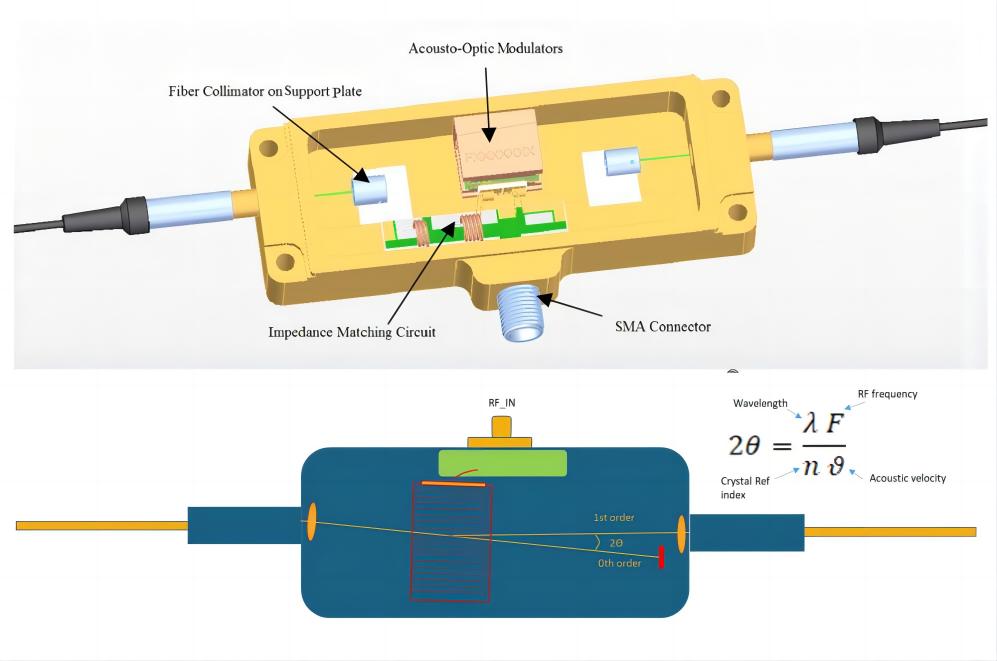
Advantages of Using AOMs in Spectroscopy
AOMs offer several advantages over traditional methods of light manipulation in spectroscopy:
- High Modulation Speed: AOMs possess exceptionally fast response times, allowing for high-speed modulation of light intensity and frequency. This is crucial for applications requiring rapid data acquisition or pulsed laser generation.
- Precise Control: AOMs provide precise control over various light beam parameters like intensity, frequency, and direction. This level of control enables highly accurate and reproducible spectroscopic measurements.
- Non-Contact Operation: AOMs operate through a non-contact mechanism, where the sound wave interacts with the light beam within the material. This eliminates the risk of damaging delicate samples or introducing unwanted contamination.
- Solid-State Design: AOMs are robust solid-state devices with minimal moving parts, making them reliable and relatively maintenance-free.
Conclusion
Acousto-optic modulators have become indispensable tools in modern spectroscopy. Their ability to manipulate light with high precision and speed has revolutionized various spectroscopic techniques. From enabling rapid spectral scanning to facilitating selective wavelength selection, AOMs contribute significantly to improving the sensitivity, accuracy, and efficiency of spectroscopic measurements. Beyond spectroscopy, AOMs find applications in diverse fields like laser beam shaping, optical communication, and material processing. As technology advances, further refinements in AOM design and performance can be expected, opening doors to even more powerful spectroscopic techniques and applications in the future.

